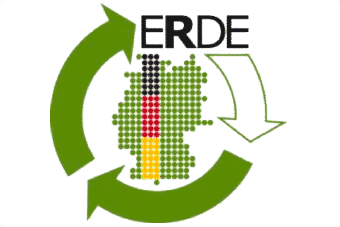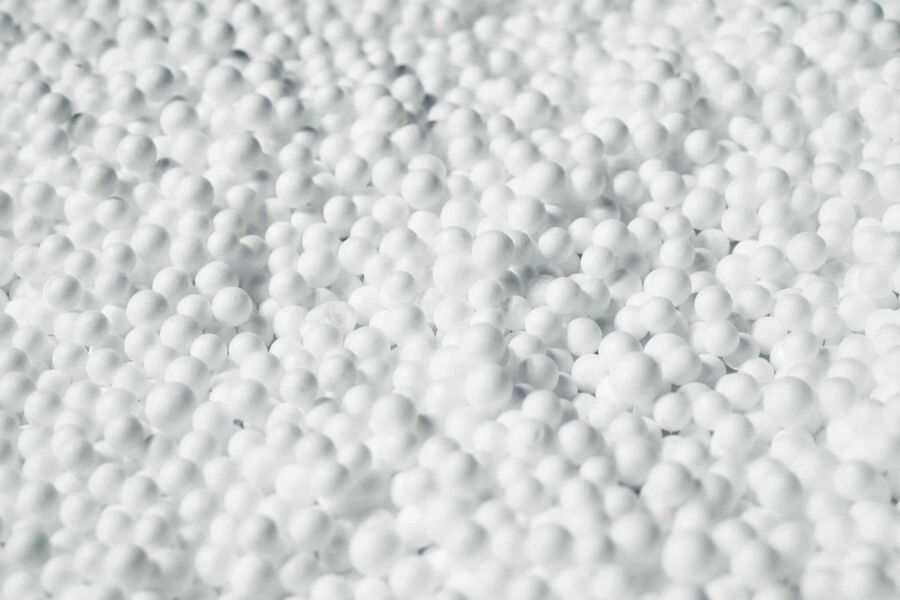The manufacturers of plastic products are raising their voice in view of the continuing shortage of raw materials that is already causing restricted production and delivery capacities. Recently, drastic price jumps for plastics are putting even more pressure on the predominantly medium-sized plastics converters. All sectors of the plastics converting industry and all types of plastics are affected – ranging from standard materials such as PP, PE and PVC, engineering plastics such as ABS, PC and PA, to high-performance plastics such as PVDF and PTFE.
The German Association of the Plastics Processing Industry (GKV e.V.) warns that the raw material supply chain is massively disrupted. The manufacturers of plastic products are working persistently to minimise the resulting risks for their customers. They also point to the economic pressure that is burdening the entire industry.
However, it is not exclusively the price development that poses a major challenge to the companies, it is the lack of quantities as well. Desired raw materials, which are necessary to serve the increasing demand for products, are not available on the market – delaying the return to the growth path of the industry.
Plastics
Prices for standard plastics have risen sharply across the board in Europe in the first quarter of 2021. The price of polyethylene (PE-LD), an important raw material for packaging, had risen by more than 35% by mid-March[1]. Similar figures are reported for PE-HD, PE-LLD and PP. For polystyrene (PS) or expanded polystyrene (EPS) the situation is just as dramatic: prices rose by 30% in March alone. For S-PVC there has been a price increase of 61% within the last 10 months. For PUR, the price increased by 50% in the last six months.
Engineering plastics are also affected by strong price increases – the Plastixx TT price index rose by more than 10% in February alone. For the materials PA 6 and PA 6.6 triple-digit surcharges are expected. Both materials are important for the automotive and electrical industry. The raw material ABS, which is important for housings of electrical appliances and medical equipment, is 35% more expensive than six months ago. The situation is similar for high-performance plastics such as PVDF and PTFE.
Petrochemical feedstocks
The petrochemical feedstocks for plastics production have also become more expensive, although to a lesser extent than the polymers made from them. The cost of ethylene, the base for polyethylene, rose by 17% in the first quarter 2021. For propylene, the base for polypropylene, the price increase is 21%. In some cases, the nominal surcharge on polyolefins is more than three times the surcharge on their base materials. Styrene, an important raw material for ABS and polystyrene/EPS, rose by 48% in March alone.
Freight and logistics
The collapse of world trade caused by the Covid-19 pandemic, and the sudden surge in demand in the fourth quarter of 2020 have led to chaotic situations in the freight business: a shortage of containers, ships and containers were partly stranded in wrong ports. The shortage of supply and the sudden rise in demand for freight capacities caused container prices on the Asia-Europe route to temporary rise by more than 400%. This alone may have led to an increase of the price of plastics by an average of 200 €/tonne. Overseas imports are an important economic factor for the plastics converting industry – the non-EU import quota to Germany is around 15%.
In recent weeks, however, the situation on the freight market seems to have stabilised and returned to the pre-pandemic growth path. Hence, in terms of freight costs there is hope for a normalization of the situation in the medium term. However, there is still a lack of cargo space on passenger planes.
Use of secondary raw materials
In many cases, a switch to recycled material is only feasible to a limited extent. In several applications, legal safety regulations, technical hurdles, and quality requirements currently prevent the wider use of recycled materials. Recyclates are not available in sufficient quantities and consistent quality yet. Where recyclates are established alternatives, prices are rising significantly to parallel virgin material – and availability is declining.
Background
The reasons for the difficult situation of plastics processors are manifold: The Covid-19 pandemic led to an imbalance of demand and supply of plastic products worldwide. Asia, especially China, had already returned to the growth path in the second half of 2020 leading to an earlier increase in demand for raw materials compared to Europe or the USA. Raw materials from the Middle East and the USA have been and are being diverted to Asia and are therefore lacking in Europe. The situation was exacerbated at the beginning of the year when plant outages in the USA hit at the same time than planned maintenance in European plants, and several force majeure notices from plastics manufacturers. The end to the tense raw material situation is not in sight yet – experts do not expect a recovery until autumn 2021.
[1] Western European average prices on a contract basis from the period indicated.



